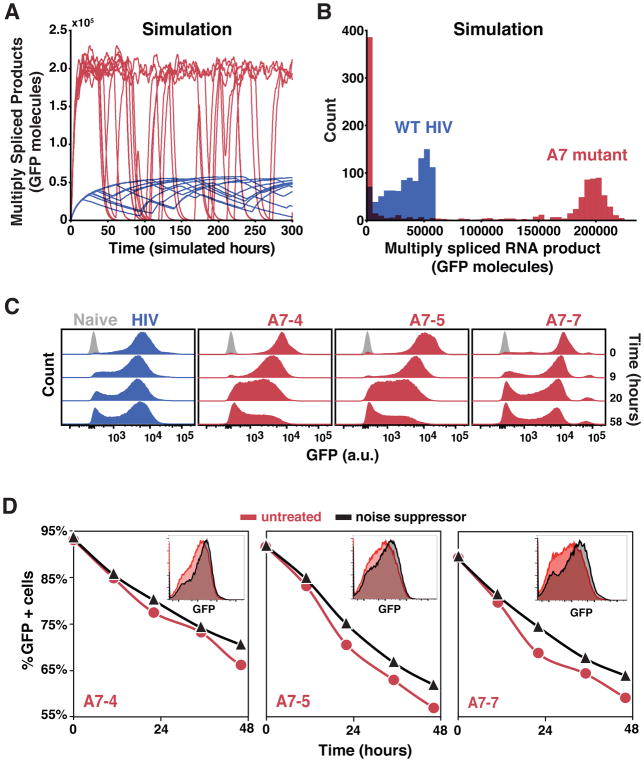Figure 7. Noise Suppression by Precursor-Depletion Feedback Stabilizes the HIV Active State. See also Figure S7 and Supplementary Methods S1.
(A) Representative Gillespie simulations of the HIV precursor auto-depletion model (blue trajectories) showing that noise in Tat expression is attenuated and stochastic ON–OFF switching is minimized. Abrogating precursor auto-depletion (red trajectories) results in increased Tat expression noise and stochastic ON–OFF switching despite an ~3-fold increase in mean-expression level of the ON state.
(B) Histograms of 1000 simulations of the HIV precursor auto-depletion model (blue) and abrogated precursor auto-depletion mutant (red) at end of simulation run (i.e., t = 300 h). In agreement with the flow cytometry data, simulations of the mutant exhibit substantially more trajectories in the GFP OFF state compared to wild type.
(C) Flow cytometry analysis of active-state stability following a pulse of TNF reactivation for wild-type HIV d2G and SA7 mutants (cells are polyclonal for the viral integration sites); cells were removed from TNF induction at time 0 (n>15000 per sample).
(D) Flow cytometry analysis of active-state stability following a pulse of TNF reactivation (TNF removed at time 0) in the presence (black) and absence (red) of an LTR transcriptional noise-suppressor molecule (Dar et al., 2014) (n>15000 per sample). As predicted, due to the intact negative feedback in the wild type, the noise suppressor minimally affected stability of wild-type HIV d2G (Figure S7C). Insets: Representative flow cytometry histograms (48 h time point).

